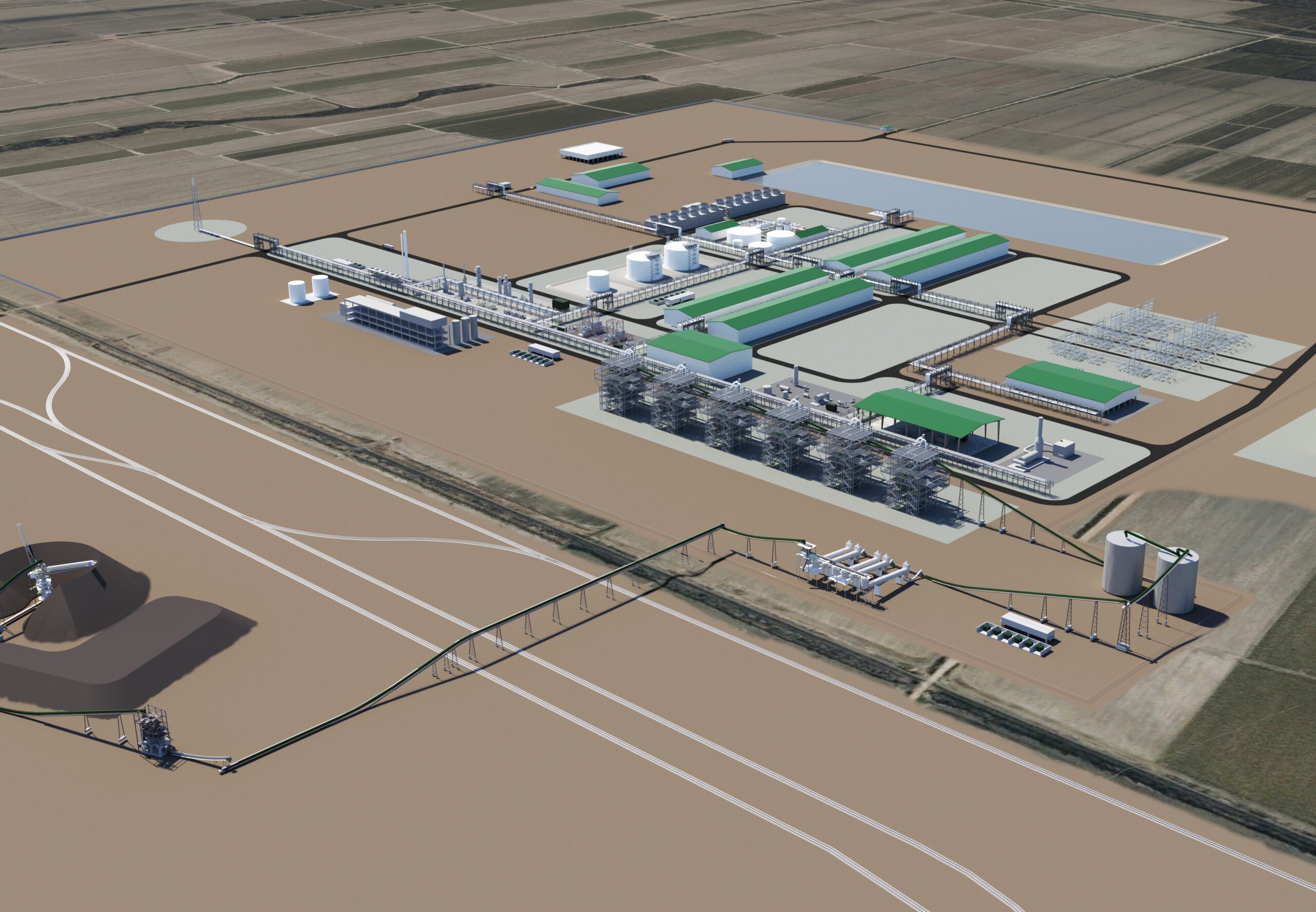
LIMESTONE, Maine — One of the chemicals categorized as per- and polyfluoroalkyl substances, or PFAS, has been found in an old airport hangar at the former Loring Air Force Base, which could delay the base’s largest redevelopment project in years.
Washington D.C.-based DG Fuels plans to construct a $4 billion sustainable aviation fuel production facility on the former base. The company intends to lease 1,240 acres for the project which is being funded through the U.S. Department of Energy and commercial equity, DG Fuels CEO Michael Darcy said.
The PFAS discovery raises legal questions about cleanup responsibilities if hazardous materials are found in the future. Data from the U.S. Air Force’s ongoing investigation of the site won’t be compiled before the start of construction on the DG Fuels facility in late 2024 or early 2025, creating uncertainty about the timing of the project.
“We will work with all the necessary federal and state entities to make sure we handle things correctly,” Darcy said. “We see this as an issue but not a deal killer.”
The U.S. Air Force began investigating at Loring in 2015 after finding non-dangerous levels of a PFAS known as aqueous film forming foams, or AFFF, in 21 of 22 sites of groundwater, surface water, soil and sediment and within some fish tissue. During the base’s operation, AFFF was used to put out fires after plane crashes or during firefighter training near the airport runway. Loring Air Force Base closed in 1994.
Last year, the Air Force partnered with global company Wood Environment and Infrastructure for a more extensive investigaton of AFFF spread at Loring. So far, no levels of that PFAS have been found in the local drinking water supply, said Mark Kinkade, public affairs officer for the Air Force Installation and Mission Support Center.
In that investigation, the Air Force found AFFF in the soil around and concrete floor of one of Loring’s former airport hangars, located on land to be leased by DG Fuels for the project, said Carl Flora, president and CEO of Loring Development Authority.
The hangar is not located in the exact spot where DG Fuels plans to put its facility, Darcy said.
The PFAS does not exceed 70 parts per billion, the amount identified as dangerous under the Environmental Protection Agency’s Comprehensive Environmental Response, Compensation and Liability Act, known as CERCLA, part of a federal “superfund” used to clean up hazardous waste sites and immediate environmental threats.
The Air Force’s overall investigation at Loring is continuing and won’t yield enough data to help form clean-up plans until at least early 2025, Kincaide said.
That causes concern for Loring officials, as DG Fuels intends to start construction by late 2024 or early 2025.
“[The timeline] is way too long,” Flora said. “We’ll be meeting with our attorneys to discuss the legal aspects of this problem.”
Among those issues, Flora said, will be a potential agreement between DG Fuels and Loring that would allow DG Fuels to continue operations at the facility and not be required to demolish buildings if more hazardous materials are discovered after the company’s production facility is built and operating.
Darcy said he currently does not expect a major delay in his company’s construction timeline. DG Fuels hopes to demolish the former hangar.
If it continues, the DG Fuels project would be the first major redevelopment at Loring in several years, after the departure of large companies like Maine Military Authority and Hydroblend, which left in 2018 and 2019, respectively. The project is expected to create 650 jobs.







